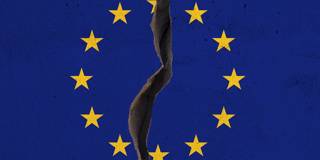To commemorate its founding 25 years ago, PS will be republishing over the coming months a selection of commentaries written since 1994. In the following commentary, published two years before the introduction of the euro in 1999, the Nobel laureate economist Milton Friedman offered a concise but comprehensive explanation of why the European Union would be ill-suited for a single currency. Though the currency has survived, many of his warnings proved prescient.
SAN FRANCISCO – A common currency is an excellent monetary arrangement under some circumstances, a poor monetary arrangement under others. Whether it is good or bad depends primarily on the adjustment mechanisms that are available to absorb the economic shocks and dislocations that impinge on the various entities that are considering a common currency. Flexible exchange rates are a powerful adjustment mechanism for managing shocks that affect the entities differently. It is worth dispensing with this mechanism to gain the advantage of lower transaction costs and external discipline only if there are adequate alternative adjustment mechanisms.

SAN FRANCISCO – A common currency is an excellent monetary arrangement under some circumstances, a poor monetary arrangement under others. Whether it is good or bad depends primarily on the adjustment mechanisms that are available to absorb the economic shocks and dislocations that impinge on the various entities that are considering a common currency. Flexible exchange rates are a powerful adjustment mechanism for managing shocks that affect the entities differently. It is worth dispensing with this mechanism to gain the advantage of lower transaction costs and external discipline only if there are adequate alternative adjustment mechanisms.